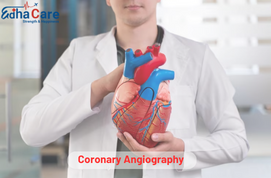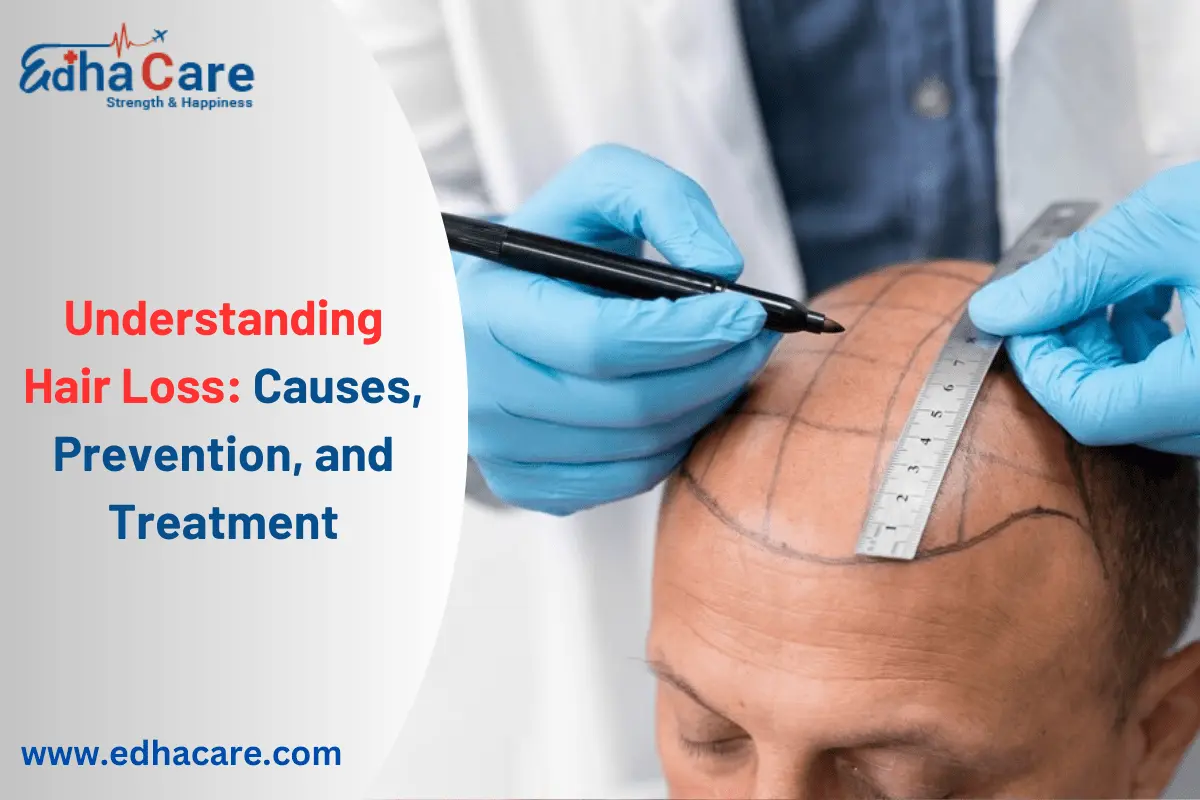Atrial Septal Defect Closure
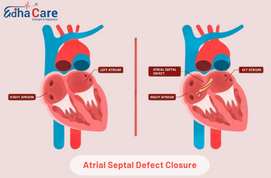
The goal of atrial septal defect (ASD) closure surgery is to fix a breach in the wall that separates the upper chambers of the heart. A catheter is guided to the heart via a blood artery during the surgery. After that, a device is inserted to seal the opening and restore regular blood flow. Although there are differences in the symptoms, causes, and treatments, weariness, and dyspnea are frequent ones. There are both acquired and congenital causes. Surgery is frequently used as a remedy. General anesthesia is required, and the process usually takes many hours to complete. Patients may require observation and follow-up treatment after surgery to guarantee the best possible outcome.
Book an AppointmentAbout Atrial Septal Defect Closure
Symptoms: The signs and symptoms of an atrial septal defect (ASD) repair can include exhaustion, dyspnea, palpitations, and trouble exerting oneself.
Causes: An atrial septal defect (ASD) closure is necessary to correct a hole in the septum that may be congenital (existing from birth) or develops later in life as a result of trauma or cardiac disease.
Remedies: The main treatment for ASD is surgical conclusion, which can be accomplished by less invasive methods like transcatheter closure or conventional open-heart surgery. This process aids in preventing ASD-related consequences like heart attack and stroke.
Procedure of Atrial Septal Defect Closure
Preoperative evaluation: To determine the patient's general health and surgical suitability, the patient has blood and imaging tests performed.
Anesthesia: During the procedure, general anesthesia is given to the patient to keep them asleep and pain-free.
Access: To reach the heart, surgeons cut a wound in the groin or chest. Catheters placed into blood vessels or tiny incisions may be used for minimally invasive operations.
Closure: A number of methods are used to close the atrial septal defect. In conventional surgery, stitches or patches are used to fix the defect. In transcatheter closure, the hole is sealed by inserting a device through a catheter.
Monitoring: The patient's vital signs, heart rhythm, and oxygen levels are continuously observed during the process.
Recovery: The patient is brought to the recovery area for observation once the defect has been repaired and the incisions have been sealed.
Follow-up: To track their healing and make sure the defect closure was effective, patients usually have follow-up appointments and postoperative imaging tests.
Require Assistance?
Get A Quick Callback From Our Healthcare Experts
Other Specilities We Cover
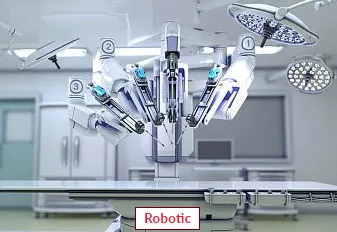
Robotic Heart Bypass Surgery
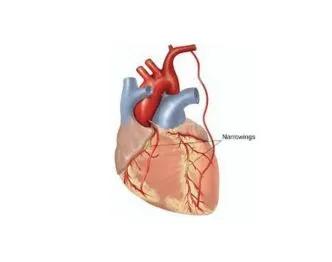
Heart Bypass Surgery
